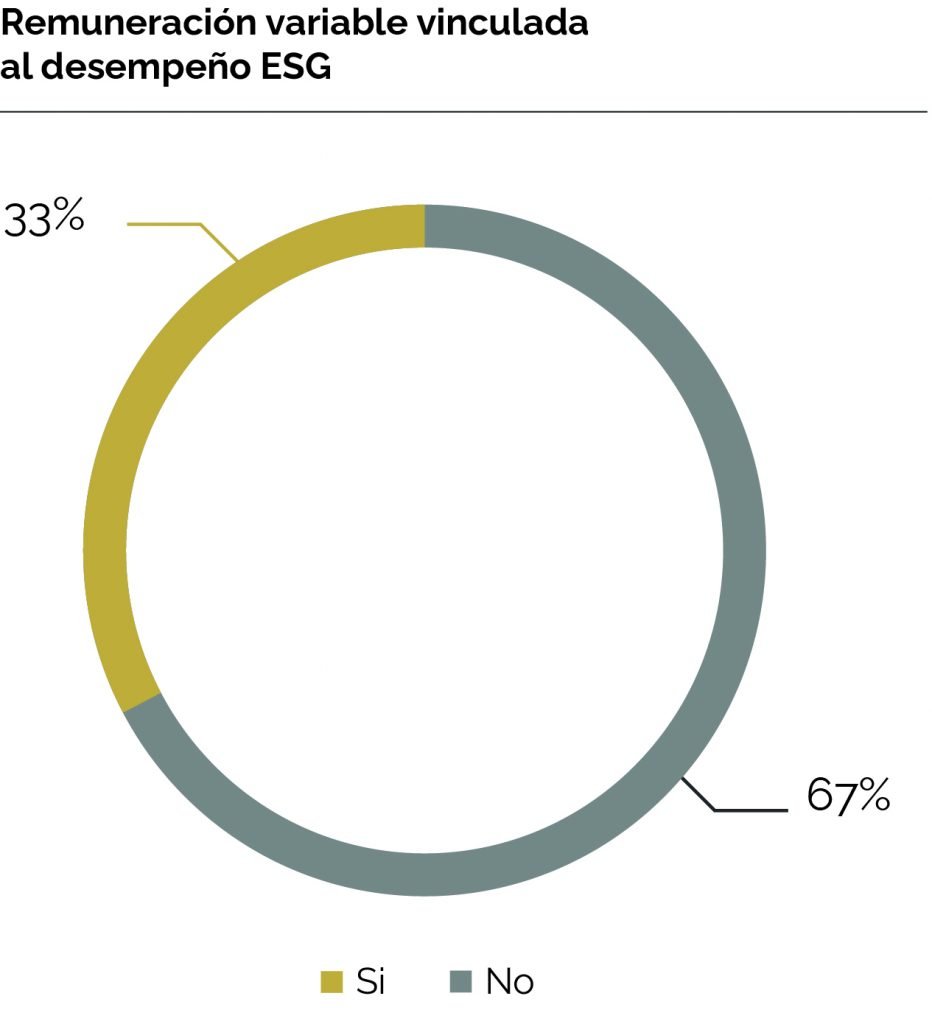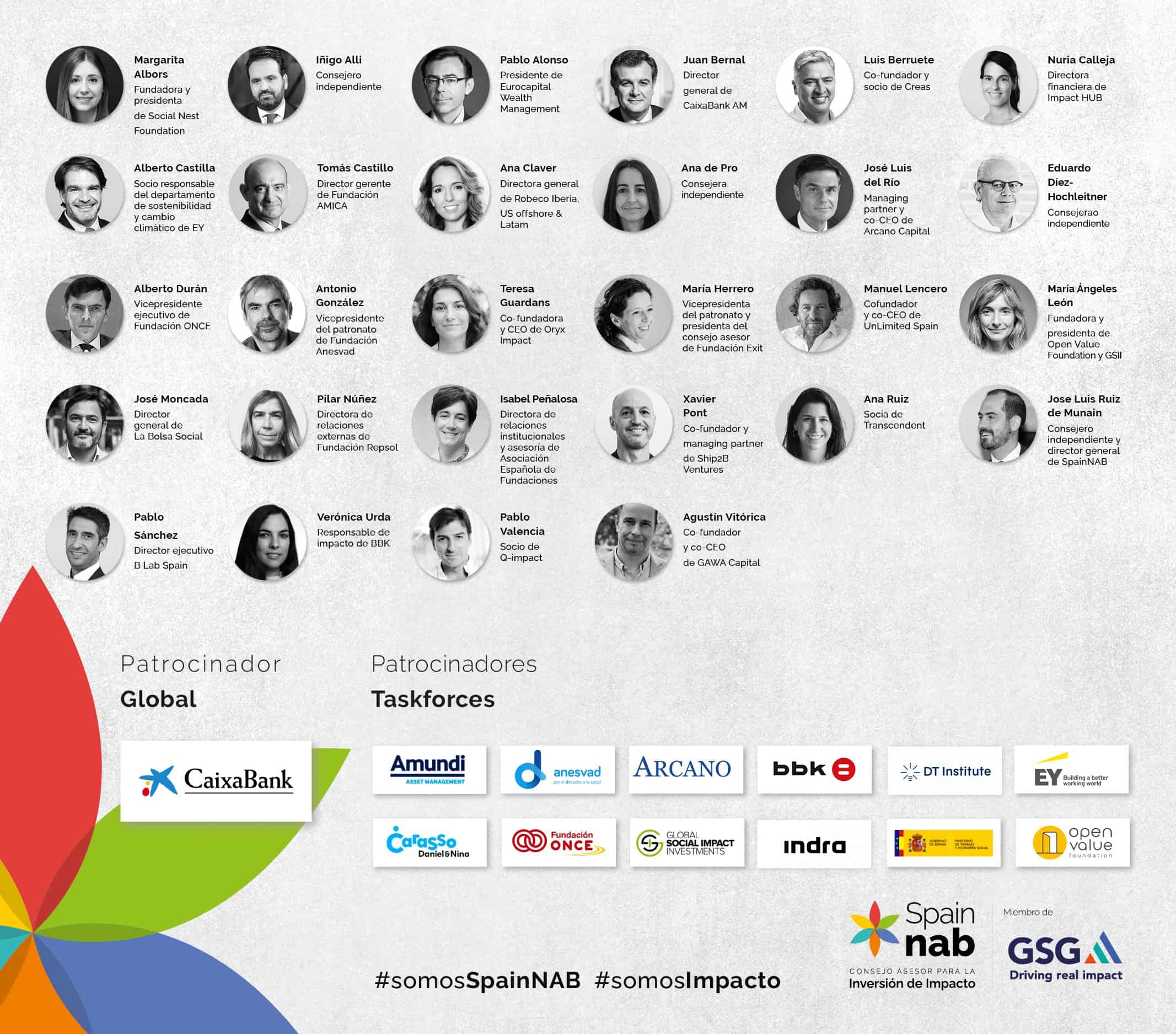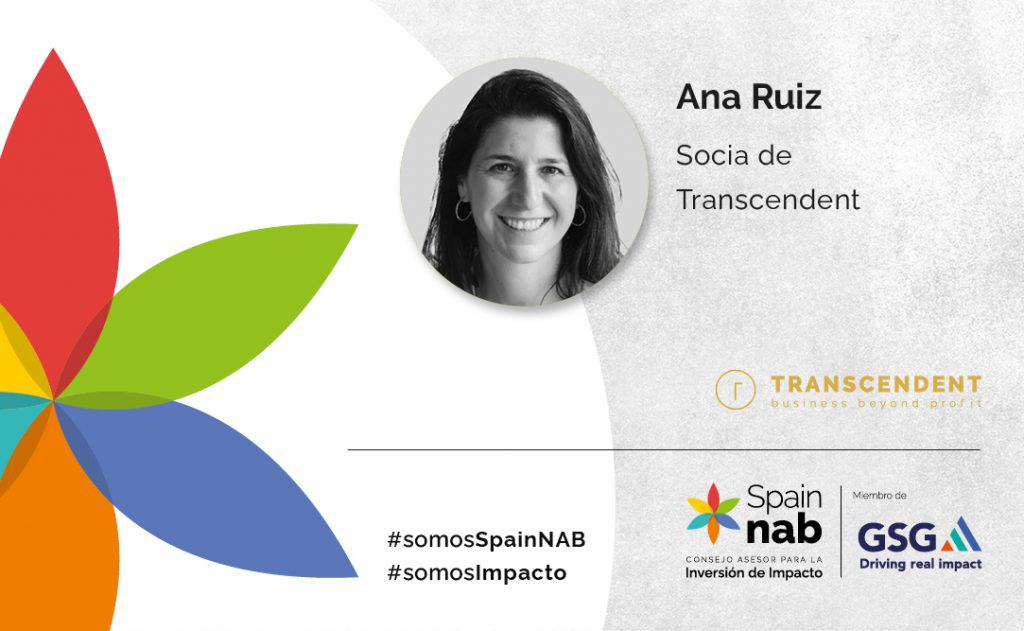ESG investing, which incorporates environmental, social and governance criteria into quantitative analysis, has been one of the most successful international trends in recent years. According to a report by the Global Sustainable Investment Alliance. In the early 2020s, a total of 35.3 trillion assets under management or, in other words, the same thing, more than one third of total investment globally, corresponded to sustainable investment.
As ESG investment grows, so do the mantras about its transformative potential (which cannot seem to be refuted) and the number of critics who do not seem to buy into its seemingly well-intentioned purpose. Thus, the ESG investment industry still has some controversy behind it, and more than a few are sceptical about its true capacity to have a positive impact on the society in which we live.
So, do youwhat is the right way to integrate What are the considerations of environmental protection or employee welfare in investment strategies? And how is it possible to differentiate between companies that are more responsible in their operations and those that are not?
Translating sustainability into financial terms
Just as credit risk ratings assess the creditworthiness and future outlook of companies from a purely financial point of view, ESG ratings are intended to analyse its performance against environmental, social and governance criteria.
However, in the face of the controversies in which the sector is frequently involved, such as the accusations of greenwashing or the lack of consideration of certain negative externalities of the companies assessed, it is necessary to define in depth the objective and scope of these ratings.
According to the definition of MSCI, one of the world's leading international rating agencies, ESG ratings measure the a company's long-term resilience to sectoral risks in the environmental, social and governance fields.
Following the methodology of Sustainalytics, another leading agency in the sector, these assessments are based on the premise that the world is in transition towards an increasingly sustainable economy, and that , companies with more effective ESG risk management will have greater long-term value..
Thus, the main ESG ratings do not focus on the impact that a company has on its environment, but rather evaluate the risk in financial terms derived from the management of the most relevant social, environmental and governance aspects (or materials) for each company.
Causes and controversies associated with the lack of correlation
With the proliferation of ESG ratings, the lack of standardisation around a common assessment framework has led to growing scepticism about the validity and practical application of ESG ratings. In fact, according to studies by the prestigious MIT Sloan School of Business, the correlation coefficient between the ESG ratings of 6 of the leading global rating agencies is 0.61 (on a scale of -1 to 1); while the correlation between the credit ratings of agencies such as Moody's and Standard & Poor's rises to 0.99.
Following the results of MIT Sloan, this divergence is mainly due to two issues:
- Firstly, the use of different metrics to assess the same aspect environmental, social or governance issues is the main cause of divergence between different assessments. Thus, the same attribute (e.g. gender diversity) can be assessed by quantitative metrics (such as the percentage of women in the workforce, in management positions or in relation to total new hires), by qualitative metrics (such as policies and initiatives in place on equality) or by a combination of both.
- On the other hand, the scope of evaluations also plays an important role in explaining the lack of correlation. This is mainly because different methodologies may entail the analysis of different ESG aspects, with the result that certain issues (e.g. participation in ESG activities) are not correlated. lobby) may affect one particular qualification and not others.
To a much lesser extent, these mismatches are due to differences in the assessment of the materiality of ESG criteria within the same company or sector; in other words, different rating agencies do not follow the same criteria regarding the relevance of a given ESG aspect in the overall assessment.
It is therefore essential for both investors and the companies analysed to be aware of the methodologies of the various ESG ratings and indices providers and not to make decisions based on a single source of information. In this way, the existing divergence will not be a barrier to the management of their investments and transparency vis-à-vis their external stakeholders.

Is there scepticism among large asset managers?
The analysis of different ESG rating agencies can lead to useful conclusions as part of a responsible investment strategy. However, the divergence between the leading evaluators also leads to a loss of credibility for certain asset managers.
Recently, the head of risk monitoring at Norges Bank, the world's largest sovereign wealth fund, said in an interview that Bloomberg interview that its analysis incorporated ESG ratings "very rarely", if at all. Instead, the Norwegian fund has developed a sustainable investment methodology, disaggregating the information provided by ESG ratings and then treating it on the basis of its own criteria.
This perspective, which is becoming increasingly widespread among asset managers, is being followed in Spain by institutions such as Santander AM o BBVA AM. The European Commission and the European Commission have their own tools to evaluate the information provided by external suppliers and incorporate it into their investments.
Potential scepticism among investors therefore appears to be a further consequence of the controversies arising from the lack of standardisation.
It is not so much that the divergences between the ESG scores awarded by different rating agencies make their analyses less relevant, but rather that they put on the table the need to know the details of the different methodologies employed in order to make the most of the information analysed.
The road to standardisation and other future opportunities
Against the backdrop of the current complex landscape, there is a need to two main tools for the consolidation of ESG ratings as a foundation for responsible investment: advancing regulation and supporting ongoing initiatives around the standardisation of ESG assessments.
Firstly, the regulation on reporting of non-financial information and classification of investment products will serve to reduce the controversies associated with ESG ratings. In this regard, at European level there are high hopes for the consolidation of the environmental and social taxonomies and the EU Sustainable Finance Disclosure Regulation (SFDR) as a framework for assessing the non-financial impact of investments.
On the other hand, as far as ESG ratings are concerned, the most relevant initiative at present is the definition of sustainability reporting standards at international level, which is being carried out by the International Sustainability Standards Board (International Sustainability Standards Board or ISSB(see also the report of the European Commission's European Commission).
Created in the framework of COP 26 and led by the former CEO of Danone, Emmanuel Faber, the ISSB reports directly to the International Financial Reporting Standards Foundation (IFRS).
Responding to the demands of industry stakeholders, it is hoped that the ISSB's standard setting will put an end once and for all to the lack of transparency and bring clarity to ESG investing.
In addition, the Foundation is currently consolidating two of the sustainability reporting standards The company has signed a partnership agreement by mid-March 2022 with the Sustainability Accounting Standards Board (SASB) and the Carbon Disclosure Standards Board (CDSB), and has signed a collaboration agreement by mid-March 2022 with the Global Reporting Initiative (GRI). Therefore, the ISSB brings together the financial perspective of ESG risks with the vision of the impact that companies have on the environment and society.
Thus, it is expected that the current complex landscape of ESG ratings and indices, which currently requires an in-depth analysis of methodologies and providers, will begin to take steps towards homogenisation in the medium term. In this way, companies and asset managers will be able to focus their efforts and strategies on what really matters: building a fair and responsible society for all.














